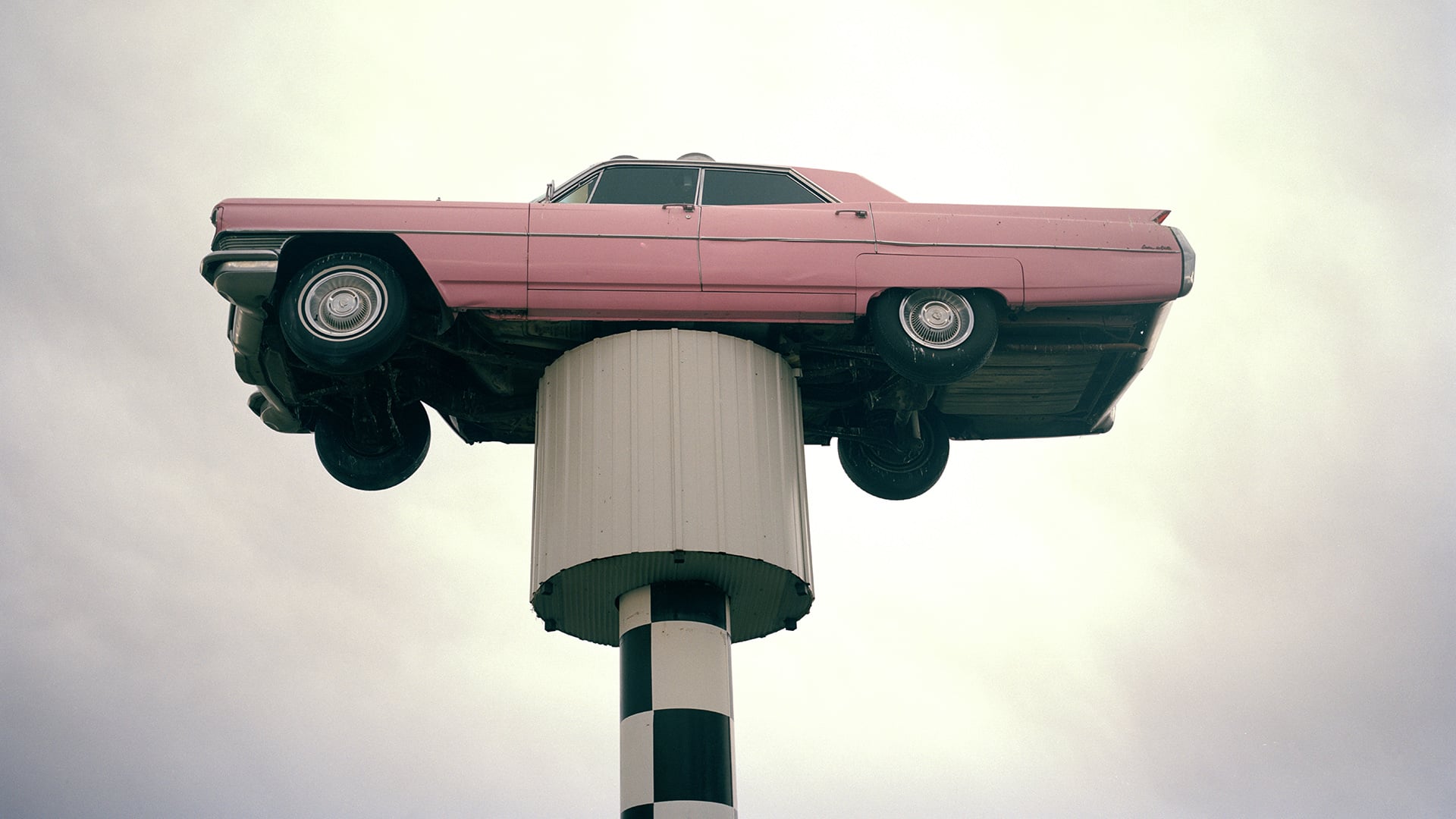In August 2015, after 10 years of living in the United States, I received an email from my immigration attorney asking me if I was ready to file for American citizenship. I soon realized I didn’t know if I was.

You’re getting blind.
Don’t miss the best of visual arts. Subscribe for $9 per month or $108 $90 per year.
Already suscribed ?



